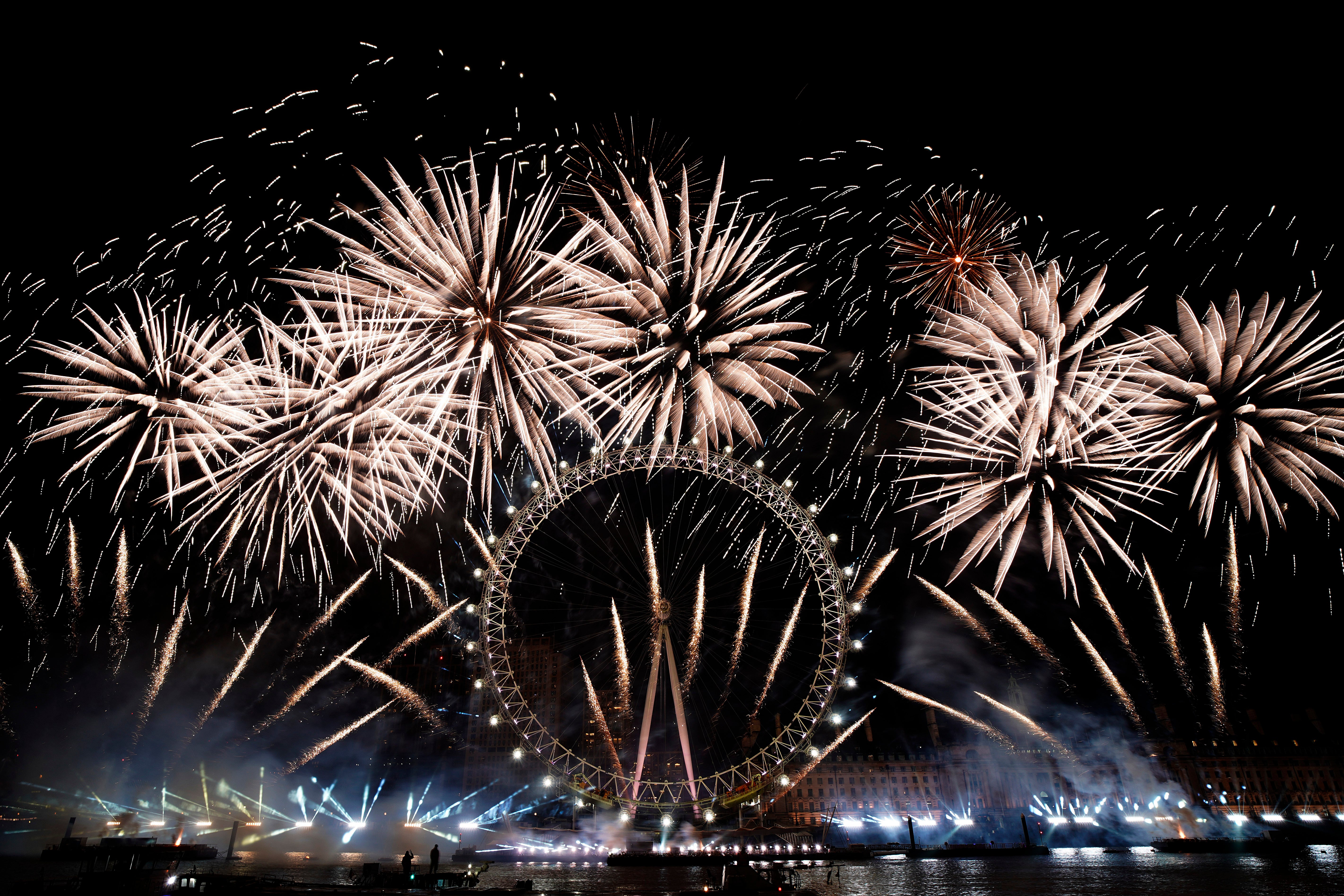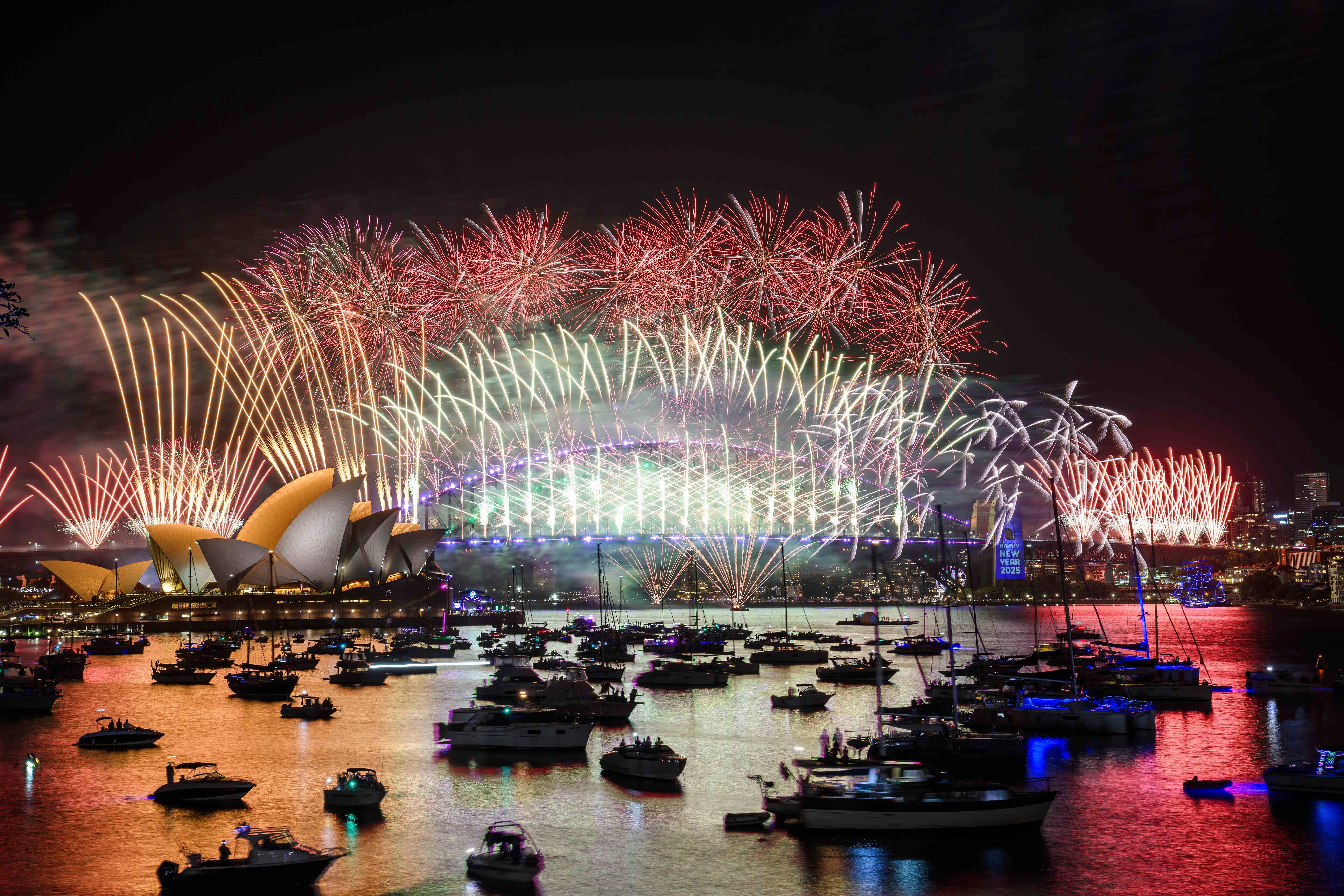Fireworks have been lit in celebration for thousands of years, and this New Year’s Eve is no different.
But, while Americans and millions around the world ring in the new year with dazzling displays of multi-colored chemical reactions, they may not realize their damaging impact on the environment and ecosystems.
“Looking at the composition of these particles and which ones may be the most toxic to human health, fireworks are in the mix with particles from coal-fired power plants, which appear to be the worst,” Terry Gordon, a professor at New York University, told the publication Delaware Currents last July.
“Based on the fact that fireworks are so high in metal content compared to regular particles that we breathe, I believe they’re extremely toxic,” he said.
That’s something medical experts agree with.
Modern-day fireworks are made of chemicals and mineral elements. Strontium makes red fireworks and barium makes green. Americans release nearly 300 million pounds into Earth’s atmosphere every year, according to the American Lung Association.
The explosions rain down from the sky and, unfortunately, include contaminants that degrade air quality and can harm the lungs. The group warned that illegal fireworks that contain lead can cause long-term damage, although inhaling gases like carbon dioxide, carbon monoxide, and sulfur dioxide can make it hard to breathe. Carbon dioxide is the primary greenhouse gas emitted through human activities that contributes to Earth’s warming.
Exposure has been shown to increase lung diseases and chronic cough. Particles produced by firework smoke, known as particulate matter, can also cause heart attacks, stroke, and premature death. Personal fireworks are even more dangerous because of their proximity to humans.
“The amount of pollution depends on how big the fireworks are, how long they last, and the weather conditions at the time. Fireworks can also start wildfires, creating even more smoke and making air pollution worse,” the association warns.
The air quality in New York City and the San Francisco Bay Area was already moderate by Tuesday morning, and Bay Area officials asked residents to refrain from setting off personal fireworks, lighting fire pits or woodstoves, or burning wood to keep pollution at the same level. A moderate level of air pollution means that while air quality is acceptable, there may be a risk for some sensitive groups.
In addition to effects on human health, there are more immediate consequences for Earth’s wildlife and environment that may last well after the holiday.
Toxic chemicals can find their way into waterways, and materials from packaging that are not retrieved by spectators can introduce even more microplastics that have been shown to harm humans and can also cause climate change by producing greenhouse gases and through other methods, according to the North Carolina Wildlife Federation.

For wildlife and pets alike, fireworks shows can be a horrifying experience. Fireworks have been associated in behavior changes in sea lions and decline of bird colonies, according to research published last year in the journal Pacific Conservation Biology.
“Fireworks create short-term noise and light disturbances that cause distress in domestic animals that may be managed before or after a firework event, but the impacts to wildlife can be on a much larger scale,” Bill Bateman, the study lead author and associate professor from Australia-based Curtin University’s School of Molecular and Life Sciences, explained. He noted that the annual timing of large-scale events coincides with migratory and reproductive movements of some species.
Fireworks can be very loud, producing 150 to 175 decibels of sound that damage human hearing. For animals, the noise pollution can be stressful and disorienting, causing them to flee into roadways and oncoming vehicles and to become lost, according to the Humane Society. The fireworks may be seen as a threat, causing predatory birds to abandon their nests. The animals can also mistakenly consume litter from the fireworks.
Although temperatures are expected to drop in January, parts of the western US will see increased winds promoting an increased fire weather risk. Forecasters in Los Angeles warned that elevated to critical fire weather conditions would be felt in the county on Tuesday and Wednesday. Wildfires can both kill wildlife and destroy habitats, in addition to threatening human communities and producing dangerous smoke. Fireworks cause thousands of wildfires each year.

“Instead of using fireworks, use fire-safe alternatives like confetti and streamers to celebrate,” the National Weather Service advised.
Of course, there are ways to mitigate many of these hazards, although drone displays come with their own risks attached.
Keeping a respectable distance from wildlife and any dangerous fireworks can reduce the scale of such threats, as well as properly disposing of debris.
Firework bans and light-based shows could help address concerns. Some fireworks are made to produce lower noise — but not no noise.
“The future of firework displays may be in the use of safer and greener alternatives such as drones, eco-friendly fireworks, or visible-wavelength lasers for light shows,” Bateman said.







